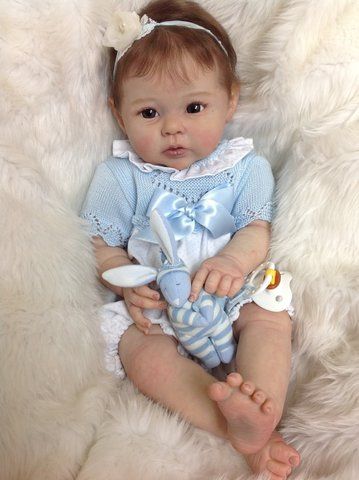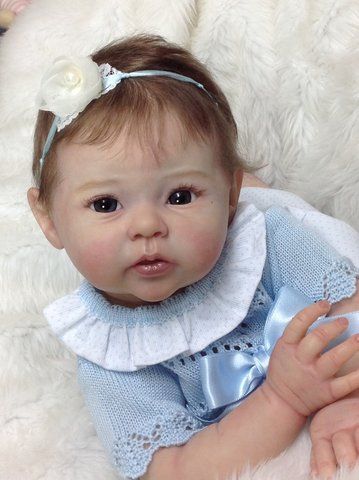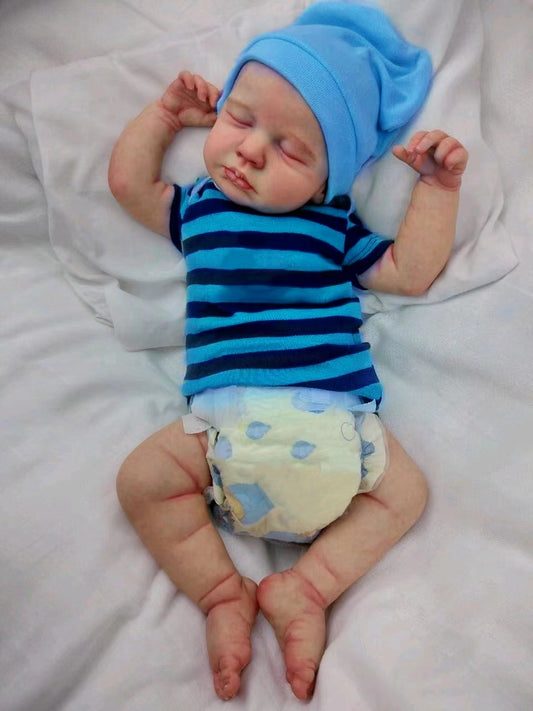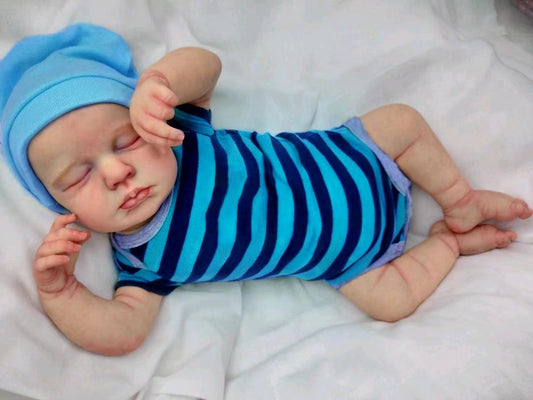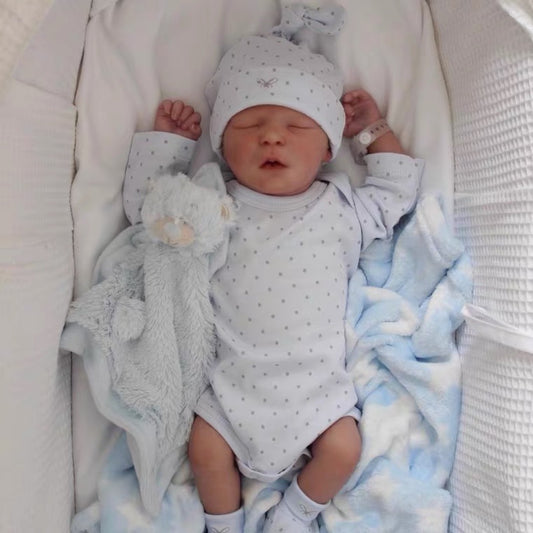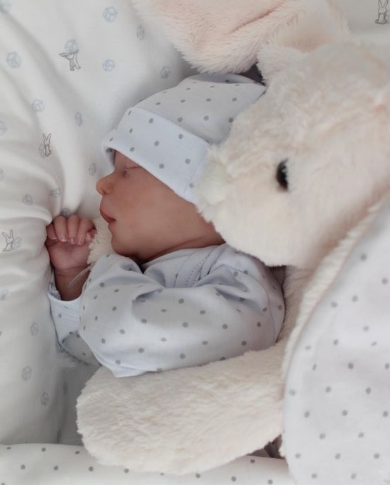When Should I Introduce Dolls to my Baby?
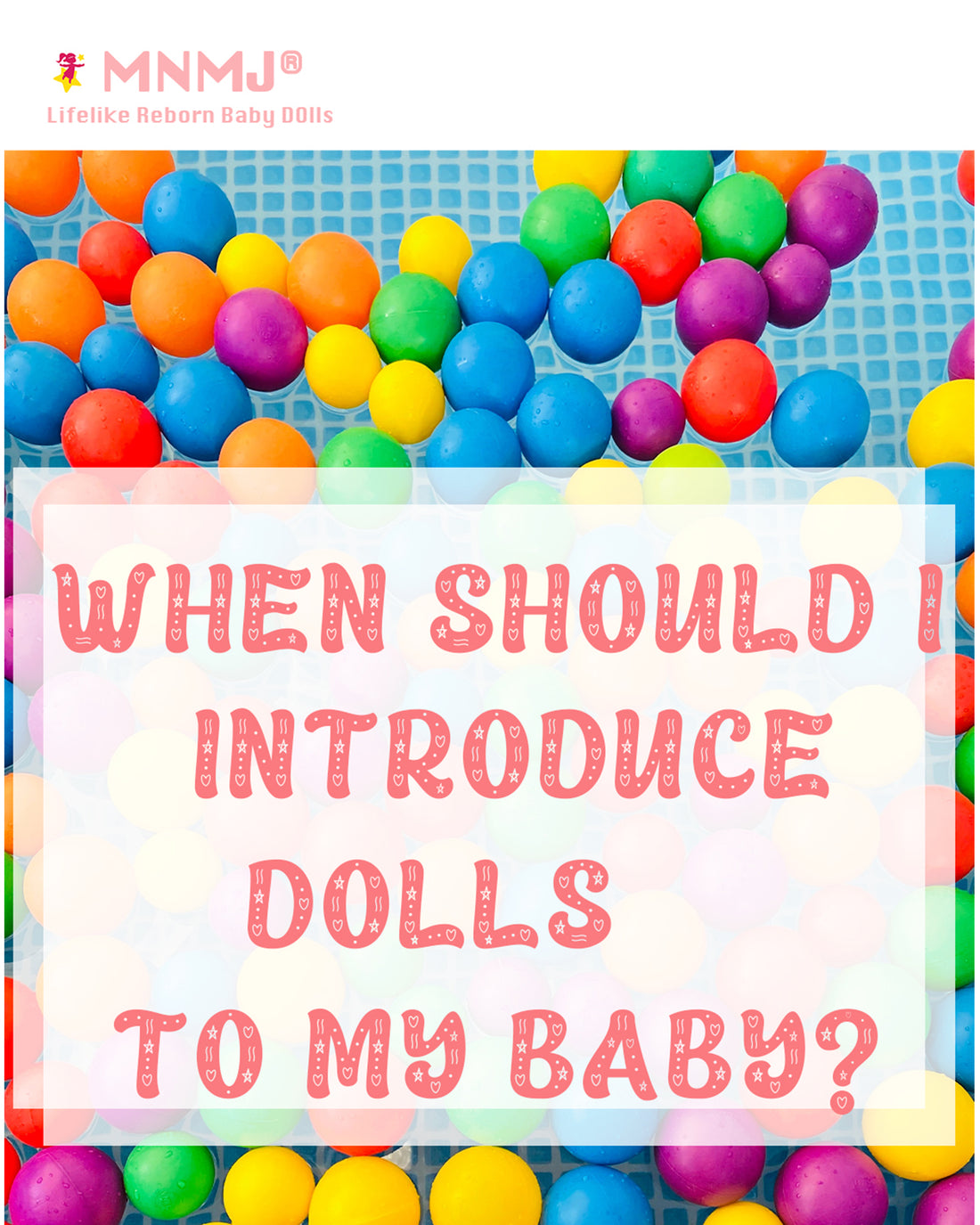
Share
Once an infant can hold and manipulate objects, you can introduce a soft doll (with no hard eyes or other small parts that could pose a choking hazard), DeLapp says.
Many kids develop an interest in dolls between the ages of 1 and 4, Dr. White says. But don’t be dismayed if your child rejects their first doll. After all, certain dolls can be scary for some children—at least initially. “They may not be ready for something with a head and two arms and two legs,” says Dr. White.
The ideal doll should be soft and large enough for your child to snuggle with but small enough for them to carry, Dr. Tamis-LeMonda says. “A 3-foot-tall doll with a big plastic head might not be as comforting," she notes.
In terms of engagement, don’t expect a 1-year-old to act out realistic make-believe scenes. “You might see a first fleeting baby-doll hug around 12 months,” Dr. Tamis-LeMonda says. “Later, this will progress into more elaborate pretend scenarios like feeding the baby, burping it, and putting it to sleep.”
Despite the benefits of doll play, your child isn’t doomed if your playroom is doll-free. In the absence of a doll, a stuffed animal that can be hugged, fed, and taken to bed can help nurture their imagination and practice empathy.
A Word From Verywell
Experts agree that there are real benefits to doll play. Giving your child a soft, easy-to-hold (and hug) baby doll around their first birthday can introduce them to a rich world of pretend play, develop motor and life skills, and enhance social and emotional development. If your child doesn’t gravitate toward baby dolls? Don't worry. They may find a special friend in a stuffed animal or another cuddly character whose presence can provide similar benefits and, one day, memories.

